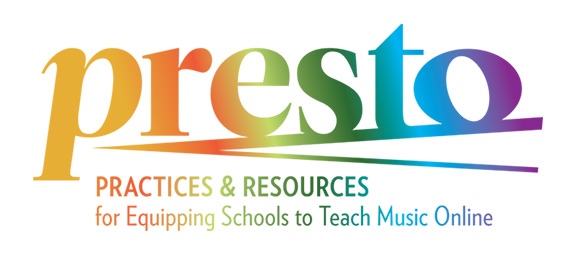In a singing and choral context, the shaping of vowel sounds is important in maintaining good tone and tuning. Spectrograms add visual clarity when demonstrating techniques for forming vowels and the impact that supported or unsupported vowels have on resonant singing. This video introduces the concept of Formants by examining spectrographic representations of different vowels across a range of voice types. It explores how, when we shape a vowel, bands of frequencies within the sound are either boosted or dampened, and how visual comparison of the acoustic energy between vowel sounds can support discussion of techniques for balancing natural resonances across the choral ensemble.
Video Chapters:
What is a Formant? What do Vowels look like?
When you have viewed the video, click on the audio extracts referenced in this video so that you can recreate these examples or interact with them in other ways.
Practical activities called Finding Formants, Shaping Vowels have been developed so that you and your singers can discover, with the help of spectrograms, how resonances change inside the vocal tract when shaping and manipulating vowel sounds. Interacting with spectrograms during these activities supports discussion of vowels in different languages, particular inflections required for repertoire, and the importance of gaining consensus in balancing choral blend. Click on the ‘Activity’ button to access these materials.
If you have not yet explored Sonic Visualiser or how spectrograms work, go to our introductory video Introduction to Spectrograms and download our Getting Started with Spectrograms user guide. This will make engaging with the contents of this video and the accompanying activity more fruitful.
Below, you will find a series of video resources, each one accompanied by activities and audio samples for you to practise, demonstrate and explore:
Created & Produced by Dr Barbara Dignam as a resource for the Visualising Vocal Sound using Spectrogram Technology element of the PRESTO project.
Dublin City University, Ireland

